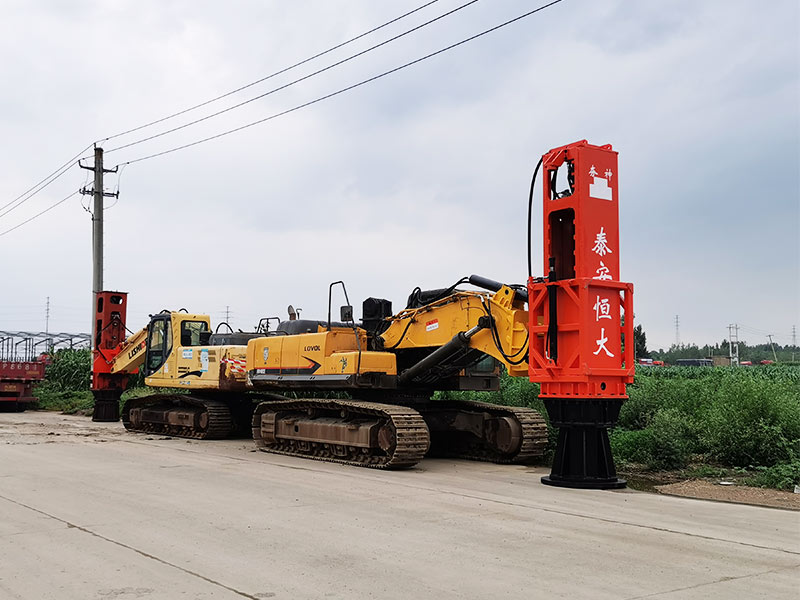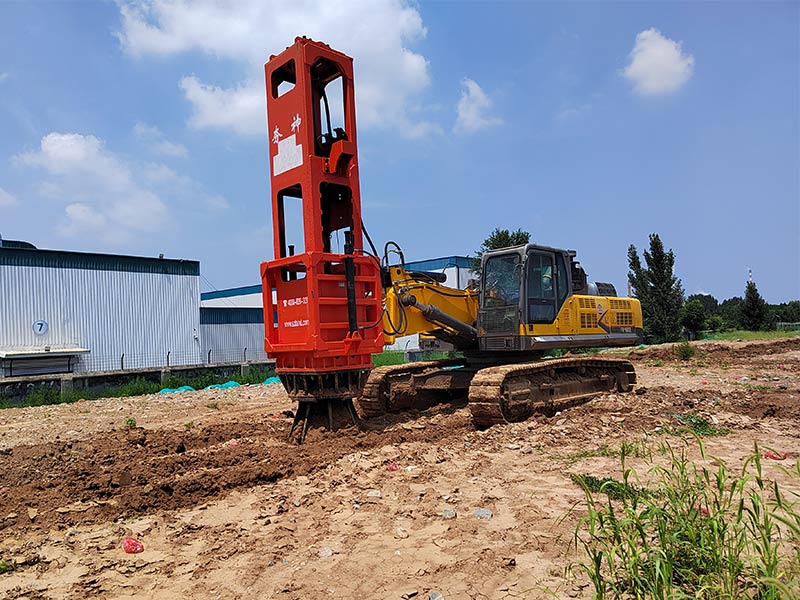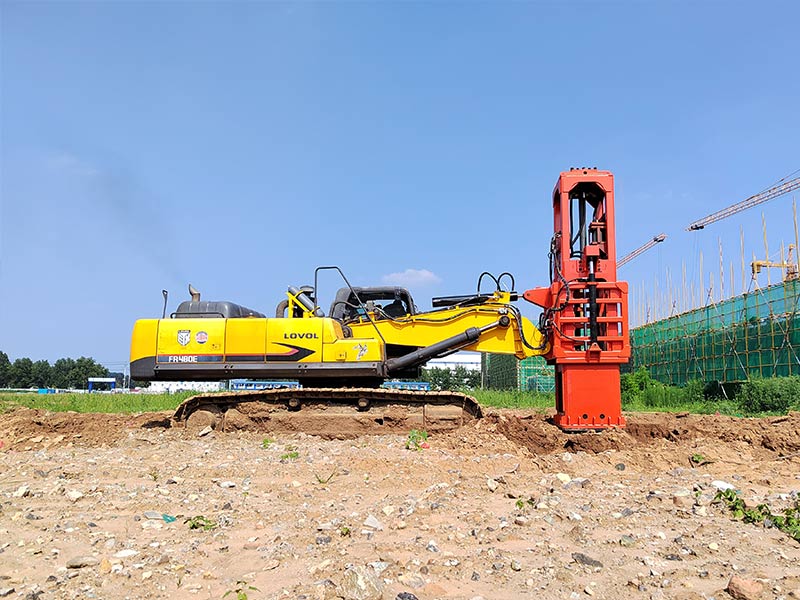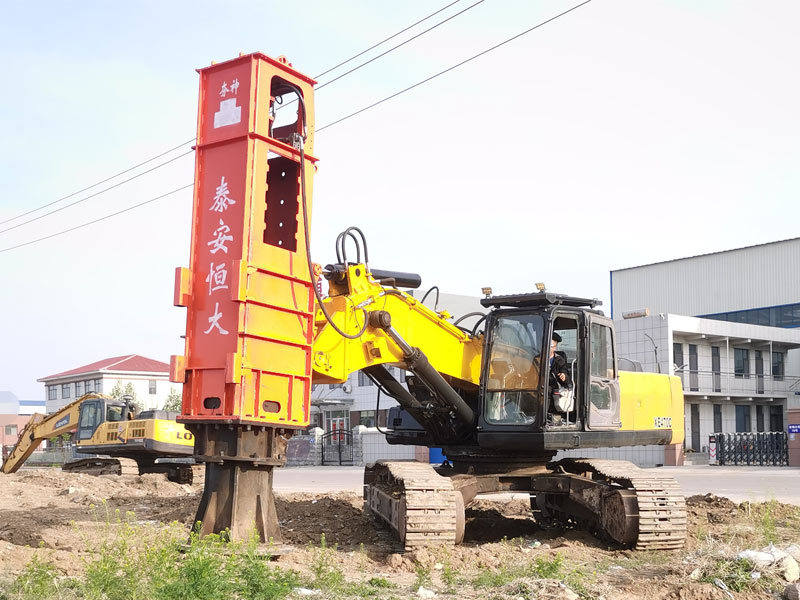This Rapid Impact Compaction actually refers to a new technology that uses a hydraulic to provide power and carry out high-speed tamping. Rapid Impact Compaction technology can be combined with the specific conditions of highway engineering, accurately integrating the strength of the compaction, flexibility and fluidity is very impressive, so it can adapt to more changes in the construction environment. At present, most of China's highway engineering and railway engineering apply technology to subgrade compaction such as three-back backfill. The emergence of hydraulic compactors has solved the problem that surface compaction technology and strong compaction technology in the past were difficult to meet diversified needs. In addition, with the help of the kinetic energy provided by the hydraulic device, the rammer can quickly achieve multiple compactions in time, and under the traction of other equipment, the compaction position can be adjusted more accurately and quickly, so as to flexibly compact some special subgrade combination parts, so as to achieve the purpose of ensuring the stability of the subgrade and avoiding the settlement of the subgrade structure. This is a technology with outstanding application effect. The overall performance is very impressive.
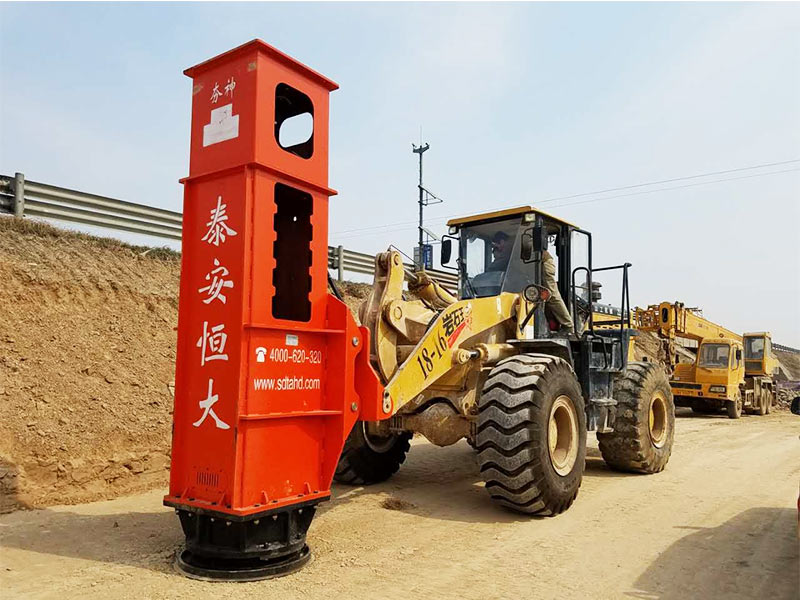
Preparations need to be made accordingly. From the perspective of the staff, it is necessary to arrange special personnel training work, and allow participation in construction after passing the assessment; In terms of equipment, it is necessary to debug parameters and components and confirm that the Rapid Impact Compaction is operating normally before it can be put into use. Second, start leveling the site. Combined with the design requirements and related standards proposed by the design engineer, the construction personnel need to analyze the subgrade situation before formally starting the compaction, and then find out the location of the subgrade that needs to be compacted according to the analysis results, so as to determine the layout of the Rapid Impact Compaction. Then, you need to arrange the measurement point. This step is mainly based on the actual situation of the subgrade and the construction requirements of the highway project, adjust and improve the position of the hammer core to ensure the best compaction effect. Finally, the preparations before implementation are also worth analyzing. Before formal compaction, a different set of standards for compaction work needs to be better determined.
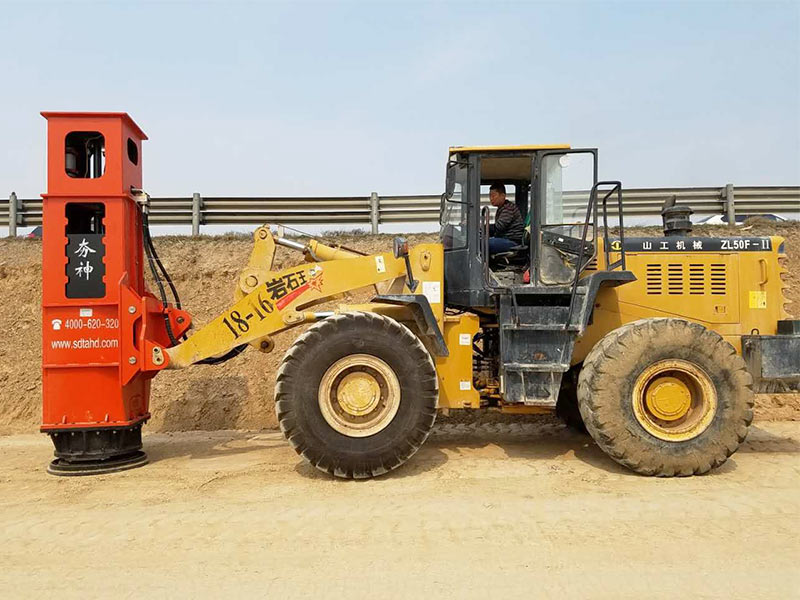
The main technical process of the Rapid Impact Compaction can be divided into: cleaning the site, determining the compaction point, measuring the number, tamping, moving to the next point to continue the construction. Second, the detailed steps of construction are very important: before the construction of the Rapid Impact Compaction, it is necessary to do the entire ground compaction work, ensure that the surface is flat and suitable for compaction, and then compact each compaction point in turn according to the pre-determined compaction point number.
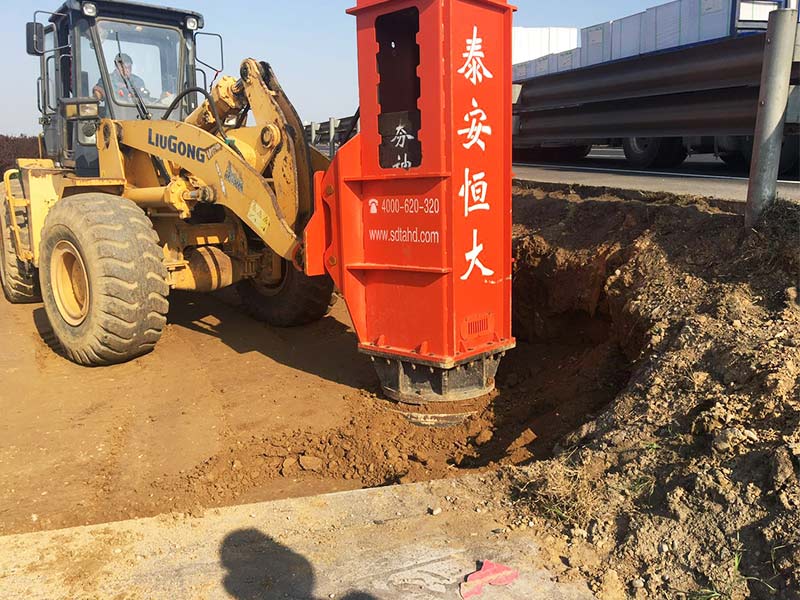
After compaction, in order to determine the compaction effect, the elevation of each compaction point should be measured. The staff then moves the equipment to a determined compaction point for strong compaction of the three hammers. In particular, the difference in compaction weight between the last three hammers and the first three hammers needs to be less than 10mm. Only in this way can the flatness of the subgrade structure after compaction be guaranteed. The staff needs to confirm the compaction of the compacted part and compare it with the design values before proceeding to the construction of the next compaction position. Combine compaction and safety at the construction site to ensure the flatness of the subgrade structure below the compaction point.







